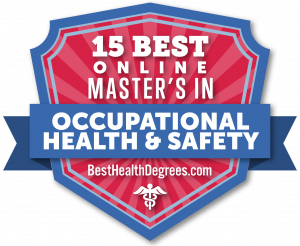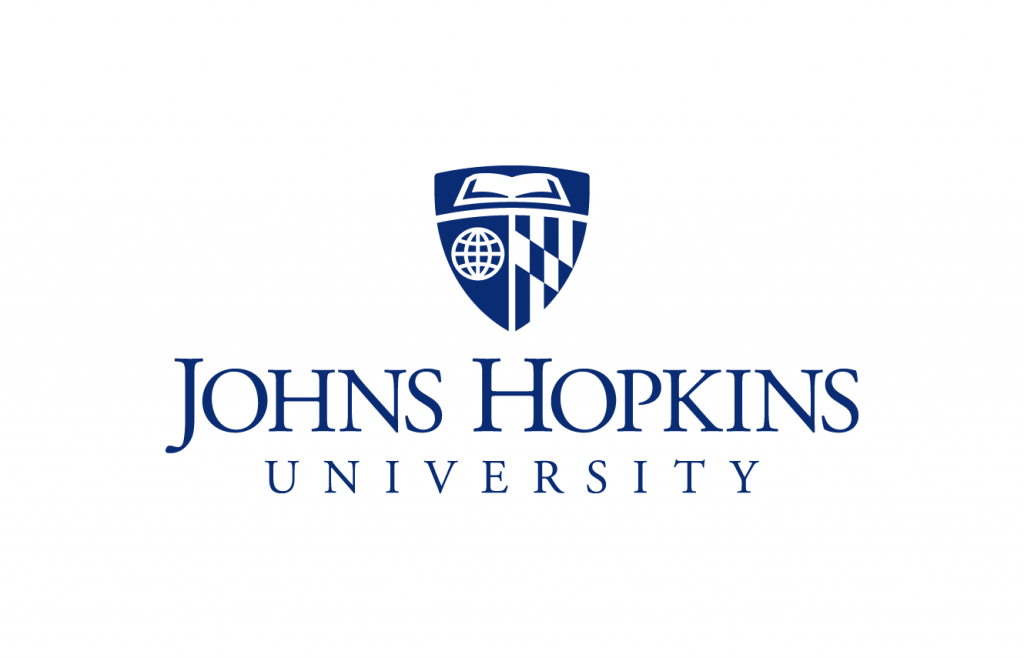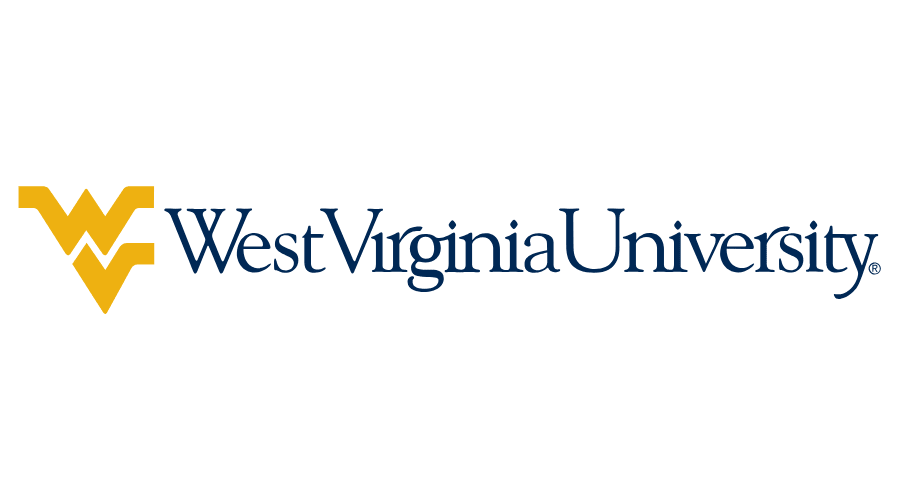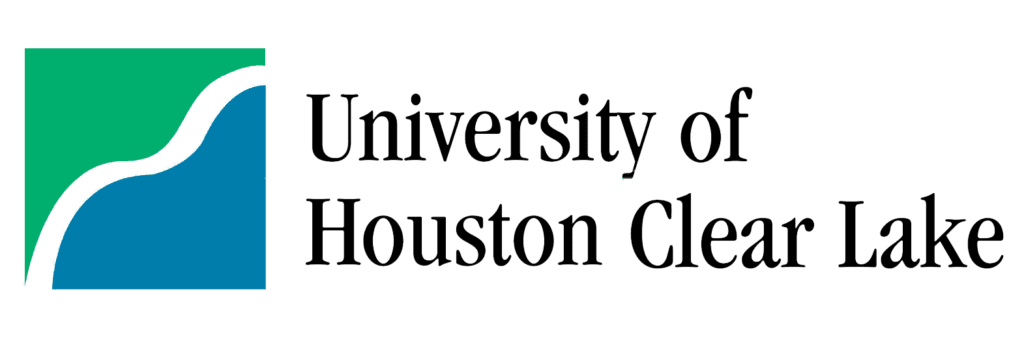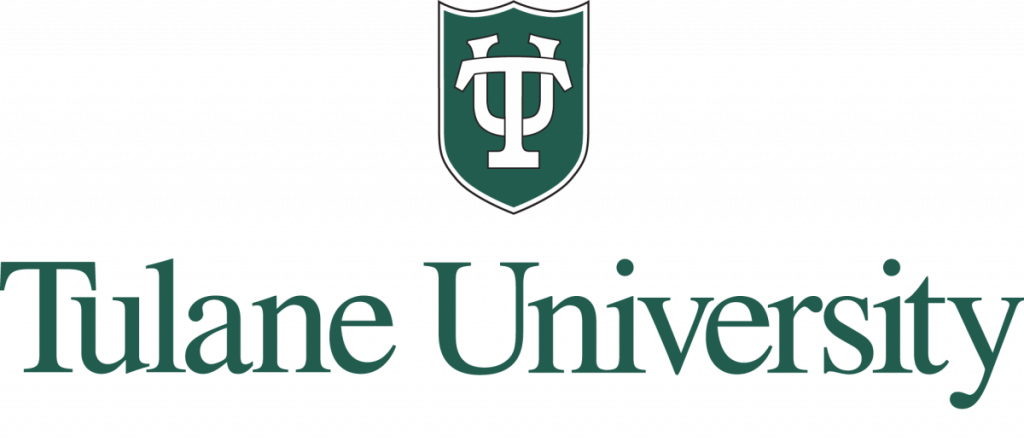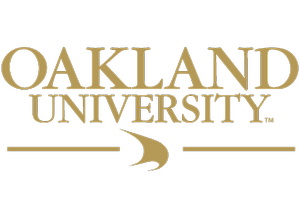Key Takeaways
- Master’s programs focus on training specialists to improve workplace safety and health standards.
- OSHA was established in 1970 to enforce safety regulations across all workplaces in the U.S.
- Programs include diverse courses like Industrial Hygiene, Risk Management, and a Capstone project.
- Job growth for occupational health and safety experts is projected at 7%, about average.
The best Occupational Health masters programs train technicians and specialists to examine, analyze, and develop safety measures. The history of workplace health and safety is a long one. From sweatshops to oil rigs, working environments can be dangerous places. We can begin to trace the official history of accidents and illnesses associated with dangerous and unhealthy work environments in the U.S. since the 18th and 19th centuries.
We’ve all seen pictures of early 20th-century Appalachian coal miners, men and children, working in unsafe mines with little ventilation. The nation was horrified by the 146 women and children who died in the Triangle Shirtwaist Factory fire in 1911, when factory owners, as a matter of course, bolted doors to prevent minor theft. In 1942, 492 people died in a fire at Boston’s Coconut Grove nightclub. While these stories are tragic, and there are unfortunately many more, each accident and injury led to safety changes in the workplace.
It wasn’t until 1970, when President Richard Nixon signed into US law, the Occupational Safety and Health Act (OSHA), that there was a concerted effort to create a federal administration to develop and maintain regulations and health standards across the board for employees. This act created a federal overseer to ensure employees work in safe and healthy environments.
To advance the science and development of health and safety protocols, colleges and universities devote specialty studies in engineering, public health, and other departments to improve workplace environments. These programs train technicians and specialists to examine, analyze, and develop safety measures across a wide spectrum of settings as certified safety professionals. The U.S. Bureau of Labor Statistics calculates a 7% job growth in the occupational health and safety fields, which is as fast as the national average.
Best Health Degrees has reviewed numerous schools to identify some of the best master’s degree programs in Occupational Health and Safety. We compacted information to provide you with a general overview of coursework, admission requirements, cost, school rankings, etc.
All the programs ranked are accredited by independent agencies such as the Applied Science Accreditation Commission of ABET, The National Environmental Health Science and Protection Accreditation Council (EHAC), or Council on Education for Public Health (CEPH) as well as other Department of Education recognized groups. Accredited, online degree programs are eligible for financial aid, and you’ll want to apply for aid by completing the Free Application for Federal Student Aid (FAFSA®. Some schools might require the FAFSA on file for departmental scholarships or stipends.
Our Method: Ranking the 15 Best Online Master’s in Occupational Health and Safety Programs
To rank the 15 Best Online Master’s in Occupational Health and Safety Programs, Best Health Degrees editors researched accredited, trusted programs of all kinds. From our initial pool, we ranked programs according to price, accreditation, reputation, and salary potential, using data from IPEDS and Niche, U.S. News and World Report, and other higher education rating publications.
1. Georgia Tech
Here’s a hybrid Professional Master’s in Occupational Safety and Health program, from one of the country’s highly ranked schools, offered through its Professional Education division. This program is recognized as a Qualified Academic Program (QAP) by the Board of Certified Safety Professionals (BCSP).
You can graduate within two years and it requires ten courses that cover technologies, communication, occupational safety and health theories and applications, etc. The curriculum consists, in part, of courses in Hazardous Materials Management, Industrial Hygiene Principles and Health Hazards, Applied Ergonomics, Economic Analysis, Risk Management, Risk Financing, and Insurance for Safety Professionals, as well as an Occupational Safety and Health Capstone. You’ll need to complete three, in-person 3-day visits to the Georgia Tech campus in Atlanta.
There are prerequisites for admission require you to have a conferred bachelor’s degree with a minimum 3.0 GPA. You also need at least one year of professional work experience in safety and health or construction-related industries. Admission consideration requires you to apply and the following documents: references, Lawful Presence Document (REAL ID, US birth certificate, etc.), professional resume/CV, and personal statement. GRE or GMAT test scores are not required.
Estimated Tuition Cost: $1,100/per credit hour
Fast Facts: U.S. News and World Report rates Georgia Tech #10 in its Top Public Schools and it’s been named #34 Top Colleges 2021 by Forbes
2. Texas A&M University
If your bachelor’s degree is in engineering and want you to advance your studies, you should explore the online MS in Safety Engineering program at TAMU.
You’ll study the same curriculum as on-campus students and be taught by the same faculty. Among the core courses are Industrial Safety Engineering, Industrial Hygiene, System Safety Engineering, Quantitative Risk Analysis, Process Safety Engineering, Special Topics, etc. The department offers a strong slate of electives such as Human Factor & Behavior-Based Safety, Industrial Hygiene, System Safety Engineering, and more. This program offers a thesis or non-thesis option. This is a 32-36 credit hour program (depending on your option choice.)
You’ll need to complete a CAS application ($68 fee) which requires a statement of unofficial transcripts, purpose, letters of reference, and GRE/GMAT test scores are waived for spring and fall 2022 and spring 2023. Other documents may be requested once your application is reviewed.
Estimated Tuition Costs: $14,555/per academic year
Fast Facts: U.S. News and World Report rates TAMU at #11 in its Best Online Master’s Engineering Programs and Forbes includes TAMU in its Top Public Schools
3. Johns Hopkins University
You can earn an MS in Occupational and Environmental Hygiene degree, in a hybrid format, from this premier university. JHU’s Whiting School of Engineering offers this hybrid program in cooperation with the university’s Bloomberg School of Public Health, and it’s specifically for students currently working in industrial hygiene and/or safety fields.
The curriculum requires you to complete an ethics course, core and required classes, an independent professional project, and a master’s essay and presentation. Core courses include Fundamentals of Occupational Health, Public Health Toxicology, Epidemiologic Inference in Public Health, Risk Policy, Management and Communication, and more. Some of the required courses offered are Airborne Particles, Occupational Health Management, Principles of Occupational and Environmental Hygiene, etc. You’ll be required to go to the Washington D.C.-Baltimore area twice during your studies for workshop classes that don’t translate for online learning. The Independent Professional Project for online students is typically conducted at your place of employment.
Admission to this program requires you to hold a bachelor’s degree (3.0 GPA) and provide official academic transcripts, and GRE test scores, and more. You’ll also need to complete the JHU application. This program holds accreditation from the Accreditation Board for Engineering and Technology (ABET) Applied and Natural Science Accreditation Commission (ANSAC) and will prepare you to sit for the Certified Industrial Hygienist (CIH) examination of the American Board of Industrial Hygiene (ABIH).
Estimated Tuition Cost: $57,010/per academic year
Fast Facts: This graduate school is ranked in the top 20 Best Graduate Engineering Schools and Best Online Engineering programs by U.S. News and World Report and Forbes considers JHU #37 in its Top Colleges 2021 ranking
4. Indiana University – Bloomington
This is an MS in Applied Health Science with a concentration in Safety Management (MSAHS), an online degree, that the school’s website says will prepare you for “…creating safer workplaces and public environments…”
You’ll complete a curriculum that includes studies in Introduction to Research in Safety Management, Safety Management in Business and Industry, Occupational Risk Management, Safety Standards for Industry and Construction, Safety and Health Program Design, Instructional Strategies for Safety Education, and more. Additionally, you’ll be able to enroll in Evidence-Based Approaches to Public Health or Seminar in Safety Education courses. Special opportunities exist for you to access the IU Safety and Industrial Hygiene Laboratory and to sit for the Graduate Safety Professional Designation (GSP) exam through the Board of Certified Safety Professionals.
You’ll begin the admission process by completing both the SOPHAS application and the IU Bloomington Online Graduate and Professional Admissions Application ($70 fee). You must have an awarded bachelor’s degree and provide official academic transcripts, GRE scores, letters of recommendation, and a statement of purpose.
Estimated Tuition Costs: $504-$604/per credit hour
Fast Facts: IU-B is ranked #41 in Best Graduate Public Health Schools by U.S. News and World Report and #43 in Niche’s Best Colleges for Public Health in America
Bloomington
5. West Virginia University
You’ll be able to earn an ABET-accredited MS in Safety Management degree without having to visit the Morgantown, WV campus.
This is a 36-credit hour program completed in 12 courses. Among the classes in this curriculum Safety and Health Training, Safety Legislation and Compliance, Fire Safety Management, Safety Management Integration, and more. You also will have a wide selection of electives from which to choose in courses such as Disaster Preparedness, Public Health Toxicology, Noise Measurement and Control, Industrial Hygiene Engineering, and Human Factors System Design, among others. You’ll conduct a Professional Field Experience as well. The program concludes with a thesis, problem report, or oral (or written) exam options. Following the completion of a thesis or problem report, you’ll prepare a written research proposal.
An online student application (with a $60 fee) is required for admission. The school encourages you to contact an Admission Coach as you begin the process.
Estimated Tuition Cost: $682/per credit hour
Fast Facts: WVU is ranked by Niche as one of its Best Value Colleges in America and is recognized as one of Forbes’ Top Colleges 2021
6. CUNY School of Public Health
You can virtually attend this reputable New York university and earn an MS in Environmental and Occupational Health Sciences as a hybrid or online program. This degree is designed to prepare you to work in the rapidly growing field of Industrial Hygiene. (NOTE: CUNY SPH also offers an MPH in Environmental Health and Occupational Health Sciences which is delivered as a hybrid/online degree, as well.)
This 39-credit hour curriculum covers coursework in Designs, Concepts, and Methods in Public Health Research and Quantitative and Qualitative Data Analysis Methods in Public Health Research in its core requirements. You’ll then study Principles of Industrial Hygiene, Introduction to Environmental and Occupational Health, Industrial Safety and Management, and others. Electives are available and you’ll complete the degree with a Capstone Project.
A SOPHAS application is required as is a bachelor’s degree with a preferred 3.0 GPA. Other documents required for admission include a resume/CV, two letters of recommendation, a personal statement, work or volunteer experience in public health or related field, as well as GME/GMCAT test scores (this requirement is waived for students with a 3.0 GPA). Hybrid/online students are charged tuition as in-state students.
Estimated Tuition Cost: $510/per credit hour
Fast Facts: Forbes ranks CUNY in its top 100 Top Public Colleges in 2019 and Money rates it #113 Best Colleges in 2020
7. University of Nebraska Online
This is an online MPH in Public Health with a focus on Environmental and Occupational Health. The program is specifically designed to enhance your knowledge and training in toxicology, environmental health, and occupational health.
Courses included in this 42-credit hour degree are Fundamentals of Industrial Hygiene, Planning and Evaluation, Epidemiology in Public Health, Foundations in Public Health, Public Health Environment and Society, Environmental Exposure Assessment, Public Health Leadership and Advocacy, etc. Elective courses can be chosen from a robust group of topics involving toxicology, biostatistics, and more. The program also requires a Capstone Experience (community-based) and an Applied Practice Experience for MPH Students.
Admission requires a bachelor’s degree, an application, submission of official academic transcripts from all schools you’ve attended, letters of recommendation, as well as a personal statement. You’ll be asked to provide your resume and you may need to submit GRE test scores.
Estimated Tuition Costs: $597/per credit hour
Fast Facts: U.S. News and World Report considers this #54 in its Best Graduate Public Health Schools in the country and the School of Public Health is accredited by the Council on Education for Public Health (CEPH)
8. University of Houston – Clear Lake
This MS in Occupational Safety and Health is through the College of Science and Engineering of UHCL and is designed to prepare you for a variety of careers.
Foundational prerequisites are necessary in general physics and chemistry, and you need to have completed algebra or pre-calculus. The MS OSHE requires courses in Statistical Analysis, Applied Statistics, and Research Methods. This program offers robust coursework in the concentrations which will provide you a solid foundation for your professional goals. You’ll be expected to complete a Capstone Project.
Estimated Tuition Cost: $9,798-$19,077/per academic year
Fast Facts: UHCL is accredited by ABET and ranked #48 in 2020 in U.S. News and World Report’s Top Public School for Regional Universities West
9. University of Alabama at Birmingham
UAB’s Department of Environmental Health Sciences has multiple delivery options for this MPH: Concentration in Environmental and Occupational Health degree. You can enroll as an online student or attend on-campus. Additionally, the program is offered as an accelerated bachelor-master and fast-track degree. We’ll explore the online degree, which is offered totally online, in this ranking.
A 44-credit hour curriculum, among the core courses are Quantitative Methods in Public Health, Public Health Management and Evaluation, Public Health Leadership, and others. The concentration studies include Fundamentals of Environmental Health Sciences, Fundamentals Of Air & Water Pollution, Assessing & Managing Environmental Risks, Fundamentals of Occupational Safety & Ergonomics, as well as Environmental Justice. As well as electives, an Internship Experience and Integrative Learning Experience are required. These studies can qualify you to sit for professional certification exams and the program is identical to the on-campus degree and is taught by the same faculty as the on-campus classes.
You’ll apply through SOPHAS, and once admitted to the School of Public Health, a supplemental application for admission to UAB will be required. Admission documents include academic transcripts, letters of recommendation, statement of purpose, and your resume/CV. GRE scores are not required but are recommended if you have an undergraduate GPA below 3.0 or have fewer than five years of health care/ public health practice experience.
Estimated Tuition Cost: $505/per credit hour
Fast Facts: This School of Public Health is ranked #17 by U.S. News and World Report’s Best Graduate Public Health Schools and appears on Forbes Top Colleges in 2021
10. East Carolina University
ECU offers a MS in Environmental Health (MSEH) and presently is one of eight graduate programs accredited by the National Environmental Health Sciences Protection and Accreditation Council (NEHSPAC). This is the only online master’s degree holding this accreditation.
You’ll complete 35-credit hours for this program, 26 hours of which include core coursework. Classes in the core are Introduction to Epidemiology, Principles of Toxicology, Biostatistics for Health Professionals, Topics in Environmental Health and Safety, and Environmental Health Program Management. A variety of electives are offered in areas of solid and waste management, epidemiology, food safety, public health, and others. You have the option to write a professional paper in Environmental Health or complete a thesis. Whatever your choice, you’ll be expected to orally defend the thesis or paper.
Graduate School admission calls for an application. You’ll also be required by the College of Health and Human Performance to submit specific admission criteria for this graduate degree. You need a bachelor’s degree, a supplemental application, letters of reference, resume, and a statement of purpose. Applications require a $75 processing fee.
Estimated Tuition Cost: $4,749-$17,898/per academic year
Fast Facts: ECU is ranked #107 in Top Public Schools by U.S. News and World Report and is ranked in The Princeton Review’s Best 387 Colleges for 2022
11. Tulane University
You may want to visit New Orleans for Mardi Gras, but you won’t have to go to the Tulane University campus with the online degrees in MPH in Occupational and Environmental Health, MPH in Occupational Health and Safety Management, or MSPH in Industrial Hygiene. The curriculum for those three concentrations ranges from 42 to 46 credit hours.
The three degrees share core coursework in Health Systems Policy and Management, Biostatistics for Public Health, Health Systems Policy and Management, Foundations of Public Health, and Epidemiology for Public Health. All three programs require both an Applied Practice Experience and Integrated Learning Experience. Following your core coursework, you’ll take concentration-specific classes such as Applying Systems Thinking to EH&S, Principles of Toxicology, Occupational Laws and Compliance, Industrial Ventilation and Chemical Hazard Control, Principles of Industrial Hygiene, etc. You’ll round the curriculum out with electives.
Admission and application require you to have a conferred bachelor’s degree (with a minimum 3.0 GPA) and a minimum of three years of professional experience in public health or environmental or occupational health and safety fields. (NOTE: the Industrial Hygiene concentration has undergraduate prerequisites). Application is made using the Fastlane Application.
Estimated Tuition Cost: $1478/per credit hour
Fast Facts: Tulane University is the first school of public health in the nation and ranks #12 in Graduate Schools in Public Health in the U.S. News and World Report
12. Oakland University
Here’s an online MS in Safety Management degree that was developed in a cooperative effort between Oakland University’s School of Health and School of Business Administration. This degree combines MBA studies with safety management theories and practice.
The degree requires 35 credit hours of study in topics such as Risk Assessment and Loss Control, Organizational Behavior, Advanced Safety and Health Administration, Operations Management, Introduction to EHS Research, and Strategic Human Resource Management, as well as a Capstone Project. If you don’t have education or experience in safety and health, you’ll need prerequisite undergraduate classes before being fully admitted to this program. Among those courses are Occupational Safety and Health Standards, Fundamentals of Occupational Hygiene, Environmental Health and Safety Methods, Safety and Health Administration and Programs, and others.
Admission requires both departmental and university acceptance. The General Graduate Admission Requirements include submission of academic transcripts (demonstrating a successful undergraduate degree) as well as an application. Departmentally, you’ll be asked to provide letters of recommendation, a personal statement, resume/CV, and you may be asked to submit GRE test scores.
Estimated Tuition Cost: $803/per academic year
Fast Facts: Niche ranks Oakland University #national 262/691 in its Top Public Universities in America and U.S. News and World Report places it at #156-#209 in its Top Public Schools ranking
13. University of Central Missouri
When you successfully complete this MS Occupational Safety Management online or hybrid degree, you automatically are awarded the Graduate Safety Practitioner (GSP) designation.
The program requires 30-36 credit hours for completion and you’re admitted into one of three areas contingent on your experience and education. Those areas are Work Experience, Foundation, or Professional Certification. Some of the core classes are Organization, Administration, and Supervision of Safety Programs, Sustainability and Safety, Research in Safety Sciences, Principles of Industrial Hygiene, and others. Area classes may overlap, sharing courses in topics such as Principles in Epidemiology, Industrial Toxicology, Seminars, Societal Impact of Occupational Disasters, etc. You may be required to complete an Internship as well as a thesis.
Admission requires an undergraduate degree, submission of academic transcripts, an application to the Graduate School, and other documents if requested.
Estimated Tuition Cost: $380/per credit hour
Fast Facts: UCM ranks #16 in U.S. News and World Report’s Top Public Schools category and cited as one of Forbes’ 2021 America’s Top Colleges
University of Central Missouri
14. Southeastern Oklahoma State University
Depending on your professional objectives, you’ll want to consider the Occupational Safety and Health Master of Science program at OSU in Durant, Oklahoma.
Among the courses in this program are Occupational Safety Statistics, Philosophy of Safety Management, Industrial Hygiene, Toxicology, Advanced Ergonomic Engineering, Crises Preparedness and Occupational Security, HAZMAT, and electives. Industrial Hygiene and HAZMAT courses include labs that are conducted on one weekend. Each semester offers courses in Current Literature review and Internship in Occupational Safety. If you pursue a thesis track, you’ll complete Research in Occupational Safety. The program is 35 credit hours long.
SOSU uses a two-tier admission process. You’ll begin by completing the Graduate School application and you must have an undergraduate degree with a minimum 2.75 GPA (GRE test scores may be requested). The OSH department requires certain admission criteria as well.
Estimated Tuition Costs: $4,716-$10,872/per academic year
Fast Facts: Niche ranks SOSU #695 Colleges with the Best Academics in America and U.S. News and World Report ranks it #50-#66 Top Public Schools
15. Keene State College
You can earn an MS in Safety and Occupational Health Applied Sciences from the School of Sciences, Sustainability, and Health at this New Hampshire college.
The 36-credit hours curriculum offers classes in Best Practices in Safety, Current Issues in Safety, Safety Management Systems, Advanced Safety Research, Risk and Safety, Applied Occupational Health, and Legal and Ethical Issues. A Capstone Experience, or graduate practicum experience or applied safety research culminates this program. This degree is appropriate for the seasoned professional or the student looking to develop health and safety protocols for employees.
Admission requires you to hold a bachelor’s degree with a minimum 2.5 GPA, submit an essay and goal statement, and provide three professional recommendations. Preference is given to those applicants with a previous internship and/or work experience.
Estimated Tuition Costs: $9,756-$10,692/per academic year
Fast Facts: KSU ranks in the top 10 Regional Colleges North by U.S. News and World Report and a Best Value College in America by Niche
Why Should I Get My Master’s in Occupational Health and Safety Online?
The Georgetown University Center for Education and the Workforce reports interesting statistics on graduate students. The report suggests that 76% of graduate students work approximately 30 hours a week and one-third of working students are over 30 years of age. Chances are good, you also have more going on in your life, family, children, friends, as well as work. That’s a lot to balance but you can still a graduate degree without a complete disruption of your life.
There was a time when online education was considered to be subpar, but that’s certainly no longer the case. Online degrees are able to be accredited, designed the same as the on-campus curriculum, taught by the same faculty, and provide interaction with your professors as well as your classmates. You can even participate in practicum experiences in your home community. Online classes are typically more intensive, but shorter in duration, allowing you to move quickly through a degree program.
Most colleges and universities don’t charge online students out-of-state tuition which can substantially expand your school choices. That can save you a considerable amount of money. You will want to be sure that the school/program you choose is eligible to accept students from your state. You’ll find that information on the school’s website or can ask an admission advisor whether it has a State Authorization Reciprocity Agreement (SARA) that includes your state of residence.
Finally, at the height of the COVID pandemic, colleges and universities beefed up their online degree offerings, invested in advanced technology, and moved on-campus classes online. This allowed schools to seamlessly transition from in-classroom to virtual classrooms and that has provided more online offerings.
What Can I Do with a Master’s in Occupational Health and Safety?
According to the U.S. Bureau of Labor Statistics and online employment companies, there are numerous OSH careers available. Occupational Health and Safety directors, technicians, and analysts positions can be found in manufacturing/industry, construction, hospitals/health systems, local, state, and federal government agencies, consulting services, and more.
Perhaps, the best description is from the Occupational Health and Safety Administration (OSHA) to “…ensure safe and healthful working conditions for workers by setting and enforcing standards and by providing training, outreach, education and assistance…” In general, OSH-trained employees ensure that safety regulations are identified, developed, and enforced, processes are put in place, analysis and written reports, investigation of accidents, incidents, or complaints, and must more.
Other careers, as listed by the BLS, include Construction and Building Inspectors, Environmental Science and Protection, Fire Inspectors, Environmental Scientists and Specialists, Health and Safety Engineers, or Emergency Management Directors, and more.
How Much Can I Make with a Master’s in Occupational Health and Safety?
The Bureau of Labor Statistics reports salaries for Occupational Health and Safety professions ranging from $73,740-$77,370 depending on your education, job title, and place of employment.
Indeed estimates a nationwide median salary of $93,317 and PayScale suggests an average salary of $83,000 depending on your specialty and location. When considering how much you’ll make, you need to remember to include any sign-on bonus, healthcare, 401k retirement benefits, paid time off, and possibly tuition reimbursement.
Related Rankings:
